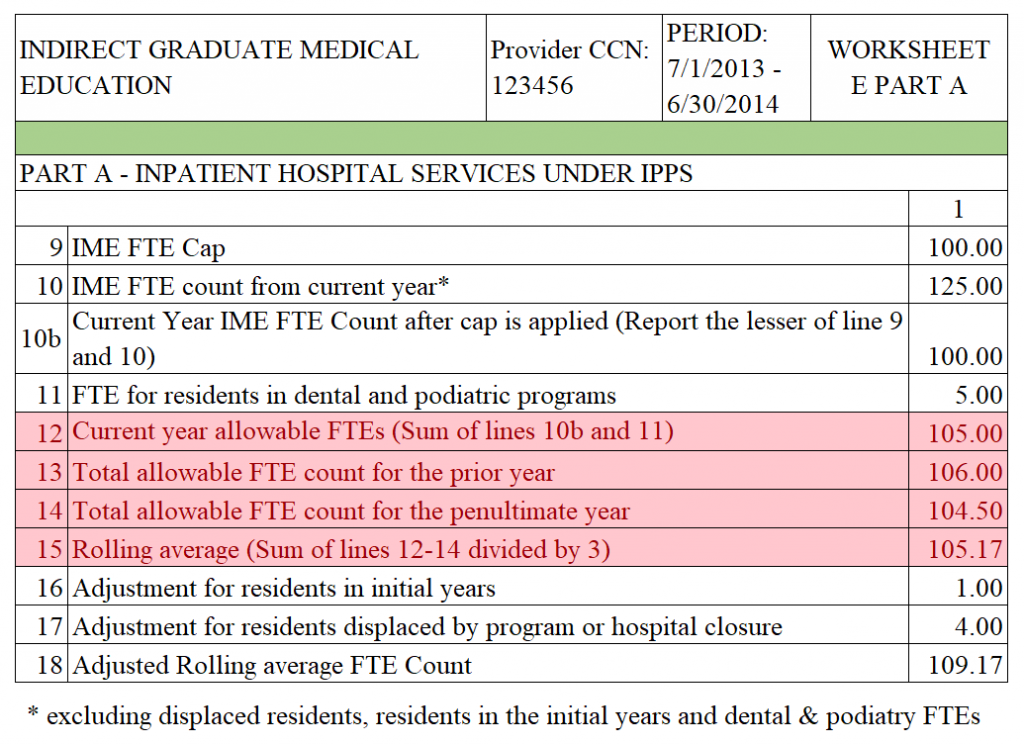Balanced Budget Act of 1997: Rolling Average Explained

June 18, 2019
The Balanced Budget Act of 1997, also known as the 1996 FTE Cap or Base Year FTE Cap, limited the number of residents a teaching hospital can receive for Medicare Graduate Medical Education (GME) reimbursements. This limit was not the only limit implemented with the passing of the Balanced Budget Act of 1997; hospitals were also faced with a requirement to average the number of residents training in the current year and the prior two years. This slows the increase in Medicare reimbursement for growing teaching hospitals. Conversely, it will also slow the decrease in the Medicare Reimbursement for teaching hospitals that are reducing the number of residents they are training.
There are two exceptions to the rolling average rules that should be noted and can significantly impact your current year Medicare GME Reimbursement:
- Residents in the initial years of new programs
- Residents displaced by a hospital or program closure that are in excess of the cap
Instead, the teaching hospital should add these FTEs into the FTE count after the cap and the rolling average are calculated.
Below are examples of how the rolling average is applied to the DGME and IME FTE Counts. The highlighted lines are specific to the rolling average calculation:
Sample Cost Report Worksheet E-4

Sample Cost Report Worksheet E Part A

About the Author:
Sarah Ottesen
626-656-8312
sarah@gmesolutions.com
